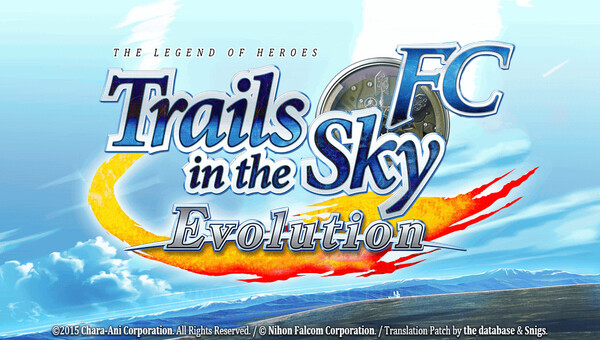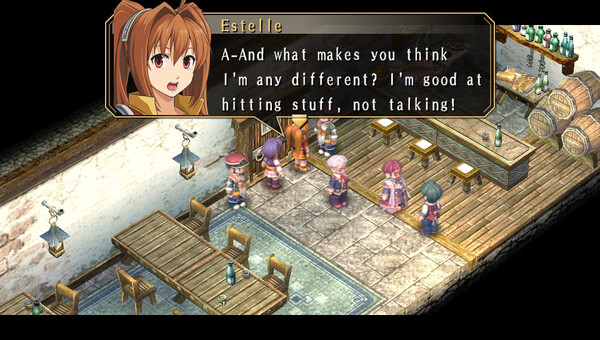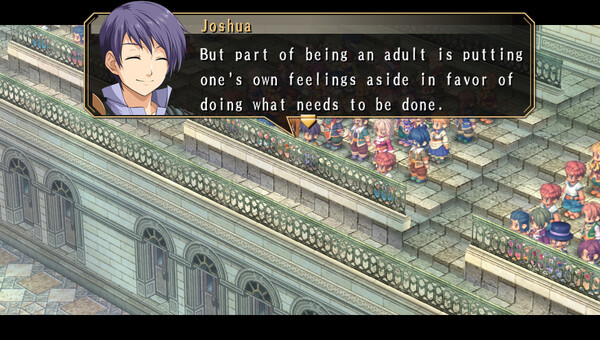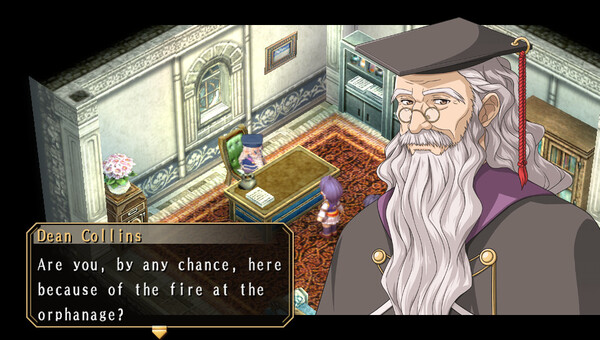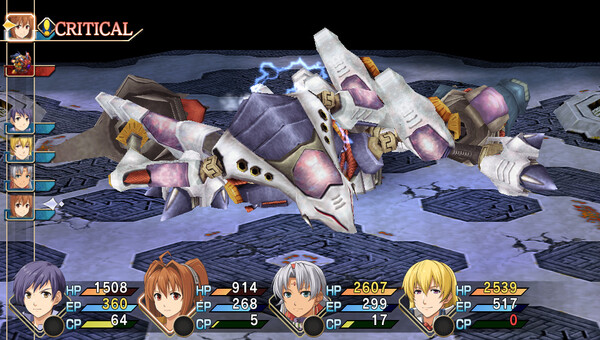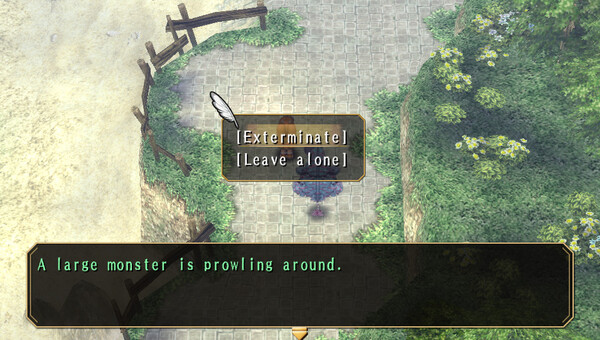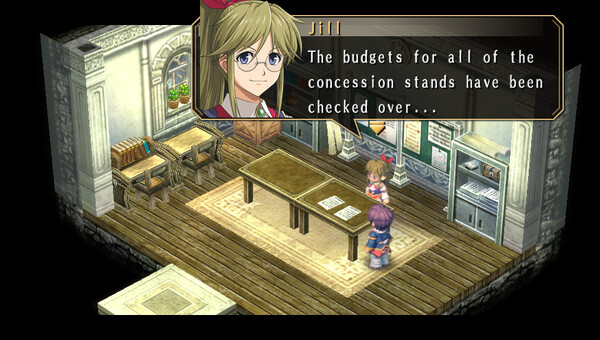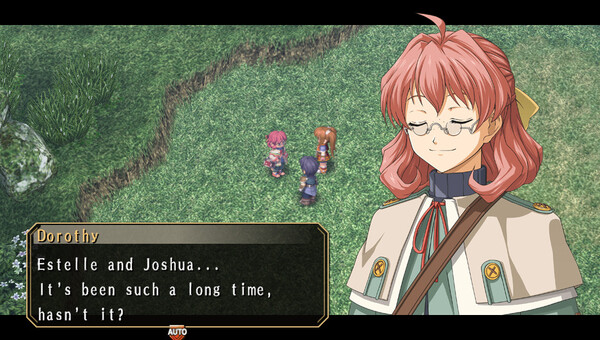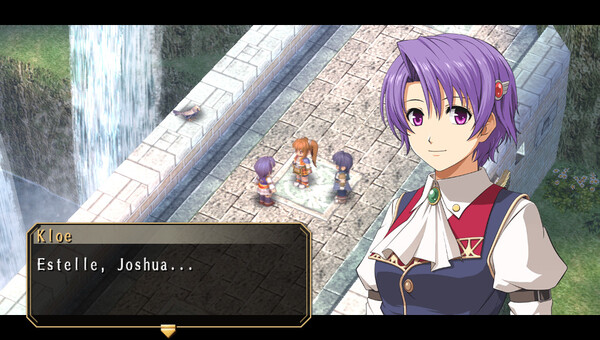The Legend of Heroes: Trails in the Sky FC. Game review
Like most of the Western players, my first experience of a JRPG — Japanese Role-Playing Game — was Final Fantasy VII back in 1997. Since then, I have played many JRPG titles, but there are still several long-running series that I have yet to experience. One of them is Falcom’s The Legend of Heroes, and in particular its Trails subseries. After hearing many recommendations, I finally decided to give the series a try.
The first entry in The Legend of Heroes series appeared in 1989 and to this day the series has grown to around 20 titles. I’m not going to walk through all of the series’ history, and will only note that Trails subseries started with Trails in the Sky FC1 back in 2004. Games in the series are grouped into duologies, trilogies, and tetralogies, such that a single story spans over several games. Given that all the Trails games are set in the same world and build on top of each other, the series always seemed very difficult to get into. I finally decided to bite the bullet and start with the very first one, the already mentioned Trails in the Sky FC, a first entry in the Trails in the Sky trilogy.
The game was originally released back in 2004 for PC and has seen several re-releases, ports, and revisions since then. I was considering whether to play the PSP version or the PC version from GOG, but then learned of Trails in the Sky FC Evolution, a PS Vita remake with new artwork and voice acting. This seemed like the best option to me — from experience, I know that playing on a handheld greatly increases the chances of me finishing a game. The only catch is that Evolution was not officially translated into English. Luckily, there are fan-made patches that apply PC translation to the Vita version2. Given how this keeps the original Japanese voice acting, it seems to me like the ultimate version — at least until I learn Japanese, so that I can experience the game without any translation.
Trails in the Sky — I refuse to abbreviate the title — takes place in Liberl kingdom. Two main protagonists are Estelle and Joshua Bright, teenage step-siblings, who aspire to become Bracers. Bracers are something between a police force and private detectives — they fight crime, they fight monsters, and generally help to keep citizens of Liberl safe. In their quest to become Bracers, Estelle and Joshua are sent on a journey across the land to get to know the kingdom and gain experience by working at the local Bracer Guild branches.
This setup is unlike most JRPGs. Although it is not uncommon to play as a teenager, the stakes in the plot tend to be high. You either save a friend or family member, fight to save the kingdom, or even the whole world. In Trails in the Sky, not so much. Most of the time, you just help local authorities and citizens. At the beginning of the game, there is an incident with pirates hijacking one of the airships travelling between Liberl’s cities, and it does seem like a beginning of a larger plot, but this quickly fizzles out and does not really get anywhere until towards the end of the game. Instead, the player is fed smaller breadcrumbs throughout the game, hinting there is a major plot going on. And indeed there is, but all the threads only converge towards the end, when all the various incidents encountered along the way are combined into a coherent, overarching scheme by a master villain and the stakes indeed become high. And then the game ends with a massive cliffhanger, which is only followed-up on in Trails in the Sky SC.
Like in other RPGs, there are side quests alongside the main story. Many are posted on bulletin boards in each town’s Bracer Guild branch, while others are hidden and available only at a specific place and time. These optional quests can be permanently missed if overlooked.
Most of the game mechanics in Trails in the Sky are fairly straightforward. For me, the biggest novelty was the battle system. Like in many older JRPGs, it is turn-based, but it includes moving on a grid. This means that positioning becomes crucial: melee weapons have a limited range, and effectiveness of area attacks depends on relative position to the enemy. Beyond that, the battle system is fairly standard, with unique character abilities (called Crafts), magic (called Arts), items etc. Magical spells are obtained by inserting magical stones (quartz) into weapons, which resembles materia from Final Fantasy VII, but in practice works differently.
There are no random battles in Trails in the Sky. Rather, the enemies roam the map freely. They can be outmanoeuvred and attacked from behind for an in-battle advantage and experience bonus, or entirely avoided if one does not wish to fight. The overall difficulty of the game is not high, except maybe for some optional monsters and two or three boss fights.
Unlike most older JRPGs, Trails in the Sky does not have an overworld map. You can only travel linearly through the world by using roads connecting cities and villages. This is something that I really dislike, because the world just feels like a big corridor. There is no fast travel; backtracking to earlier locations is insufferable, and I just never bothered to do it, beyond what the plot required from me. Luckily, it requires barely any.
One thing that I was completely unprepared for in Trails in the Sky were the lengthy dialogues and cutscenes. I have mostly played 16-bit (SNES) and early 32-bit (PSX) JRPGs, where technical limitations forced the dialogues to be short but succinct. These technical limitations are no more, and writers of Trails in the Sky made full use of it. As a result, a series of dialogues can easily last 15 minutes or even more, which is not far away from watching an anime episode. Because of these lengthy dialogues and a slowly developing plot, I have stalled during my first playthrough back in 2023, after playing for about 17 hours. Combined with a slowly-developing plot, it felt like I am spending a lot of time with the game, but not really getting anywhere, so I just stopped playing. In the first half of 2024 I picked up where I left off a year before, this time being fully prepared for the slow pace of the game, and played it to completion. Once I set my expectations right, the game was indeed a joy to play. In particular, I really began to enjoy the dialogues. They flesh out the characters in more detail than any other JRPG I have played up to this point — except maybe for Persona games — which is important to make the numerous characters feel unique and authentic. What is interesting from a gameplay perspective, Estelle and Joshua are the only two permanent playable characters. Many other playable characters join you at various points in the plot, but they depart when the events dictate so. This is something that adds a lot of authenticity to the story.
In the end, it took me a total of 55 hours to finish the First Chapter, although this time was spread out over approximately 1.5 years. Trails in the Sky is light on mechanics and difficulty, but offers a world and characters fleshed out in great detail. The pace of the story is quite slow, which initially was an obstacle for me. But once I set my expectations right, I really enjoyed my time with the game. I hope to play the Second Chapter eventually, although other JRPG titles have been occupying my time recently.
The “FC” suffix stands for First Chapter and is sometimes omitted. The second game is known as Trails in the Sky SC — SC standing for the Second Chapter — or Trails in the Sky 2nd.↩︎
A friend, who played on PC, told me there are also reverse patches that apply changes from the Evolution version on Vita to the PC release.↩︎
